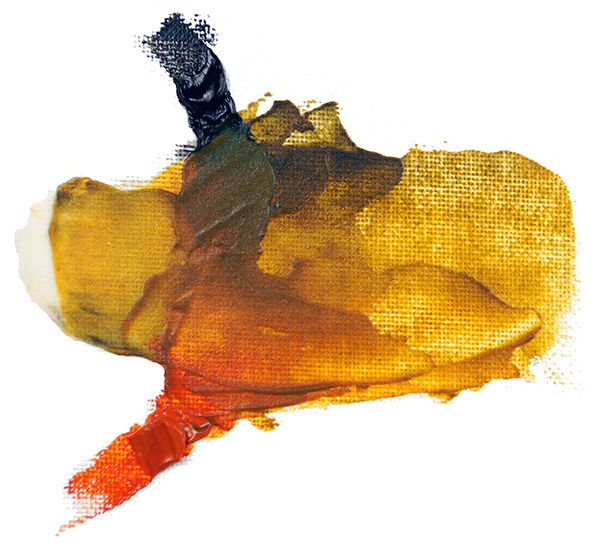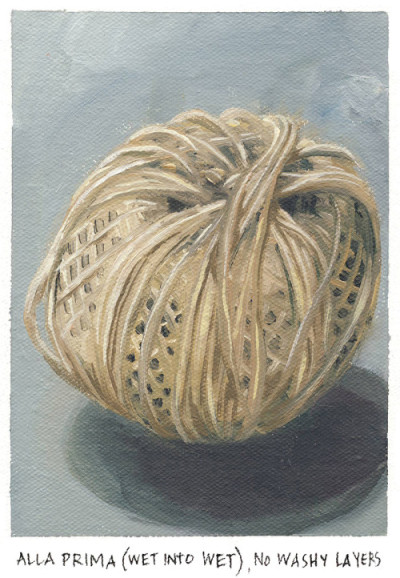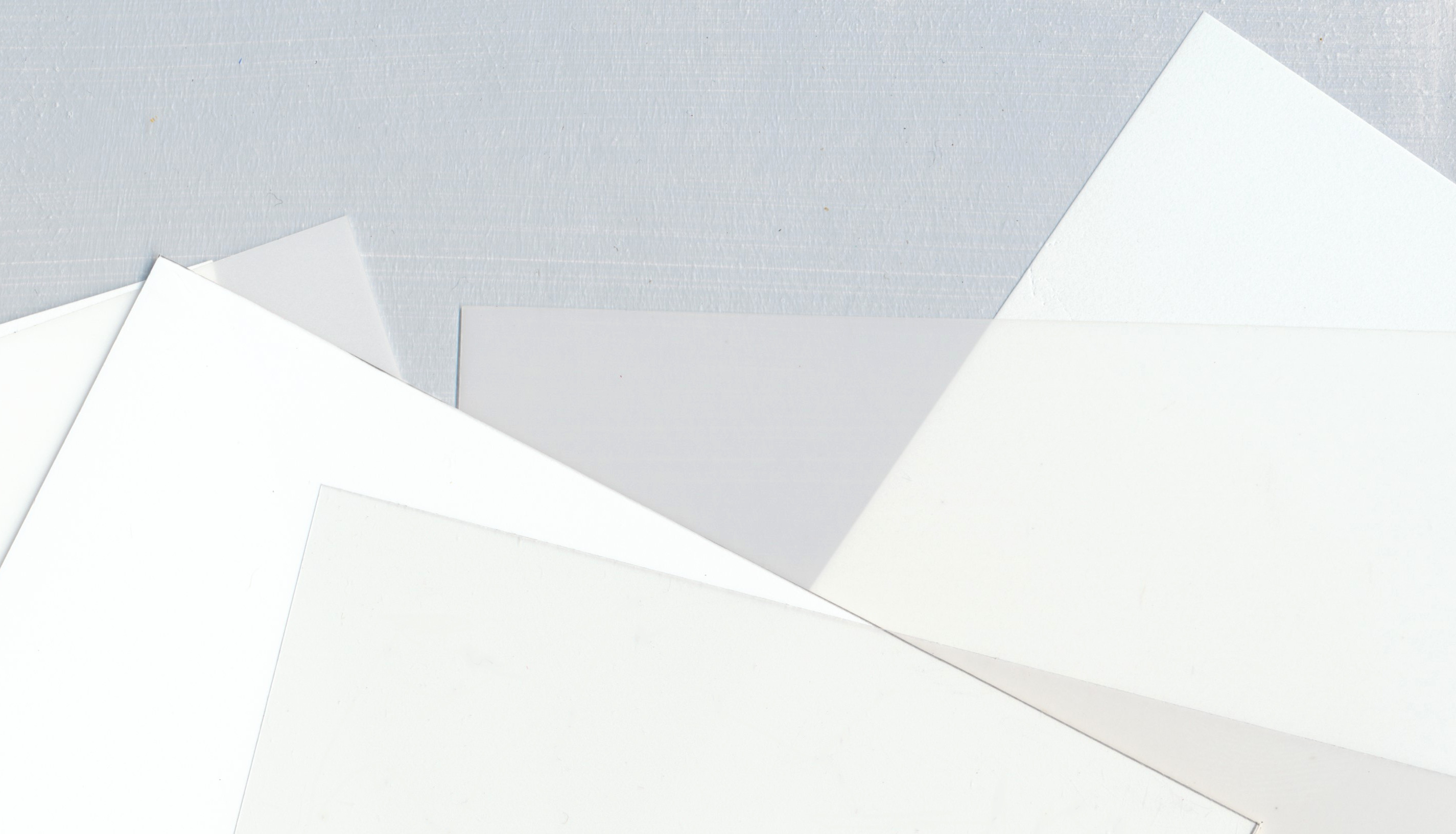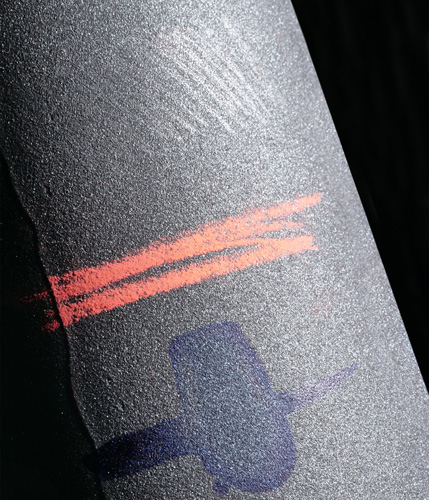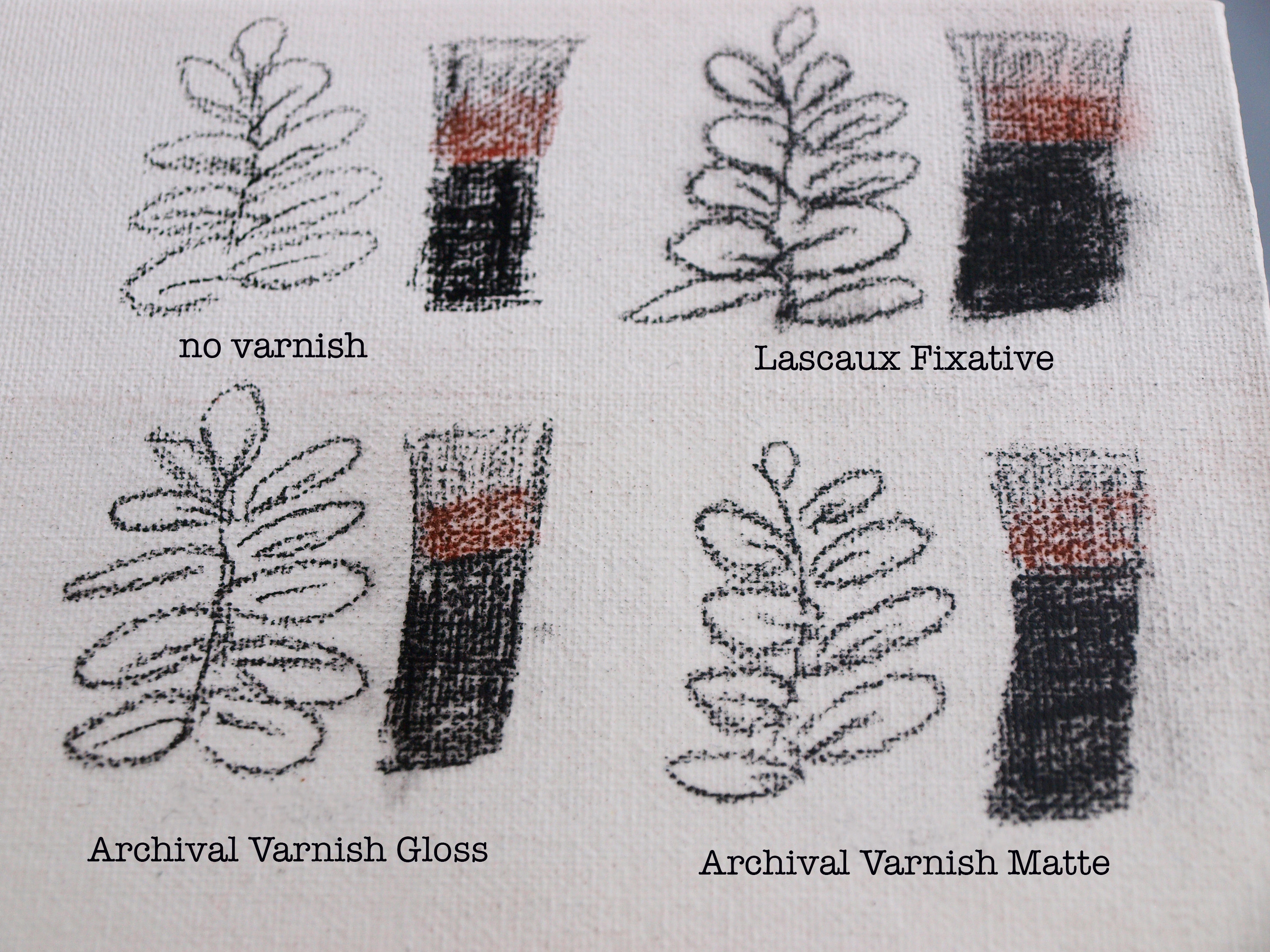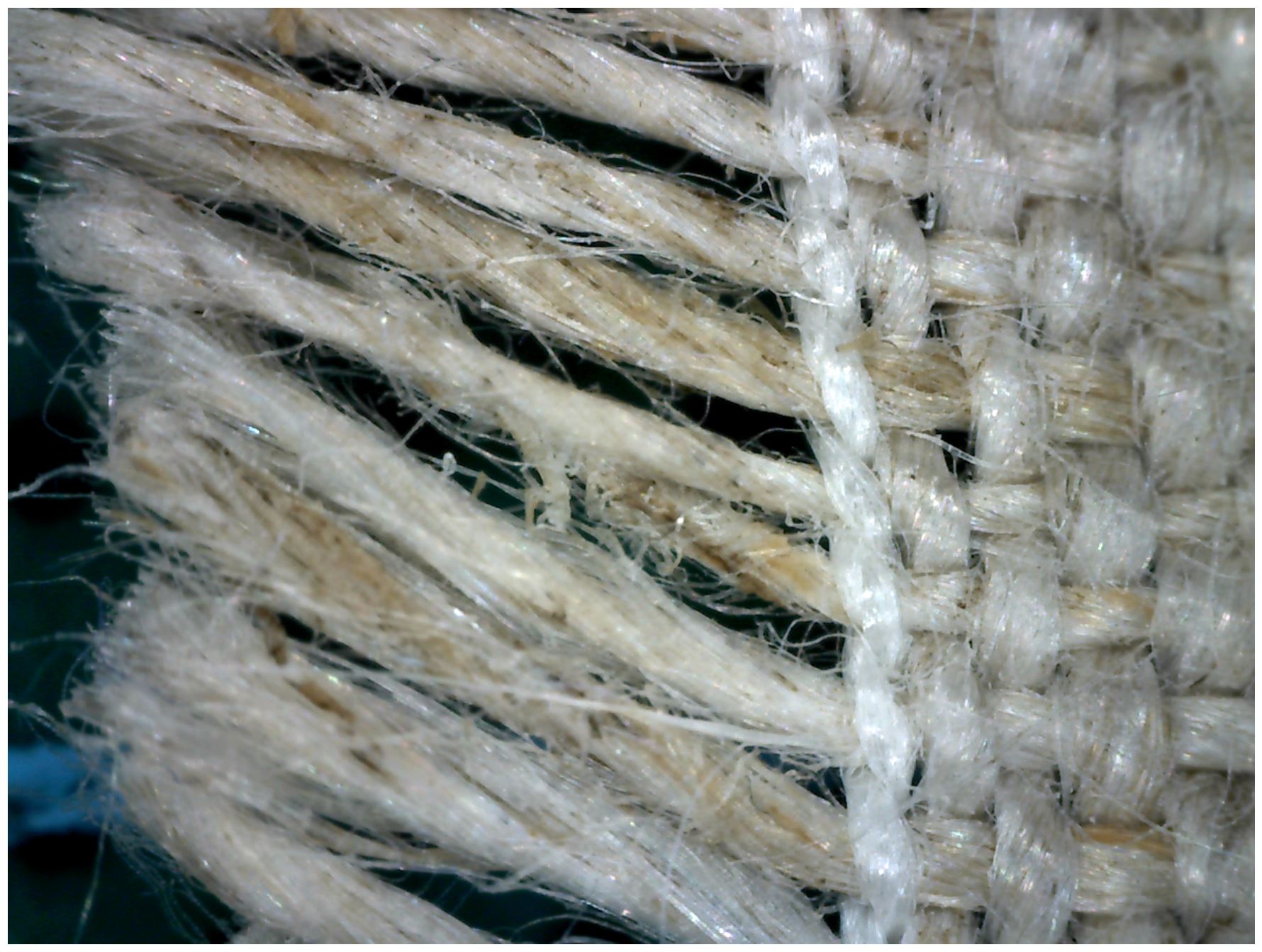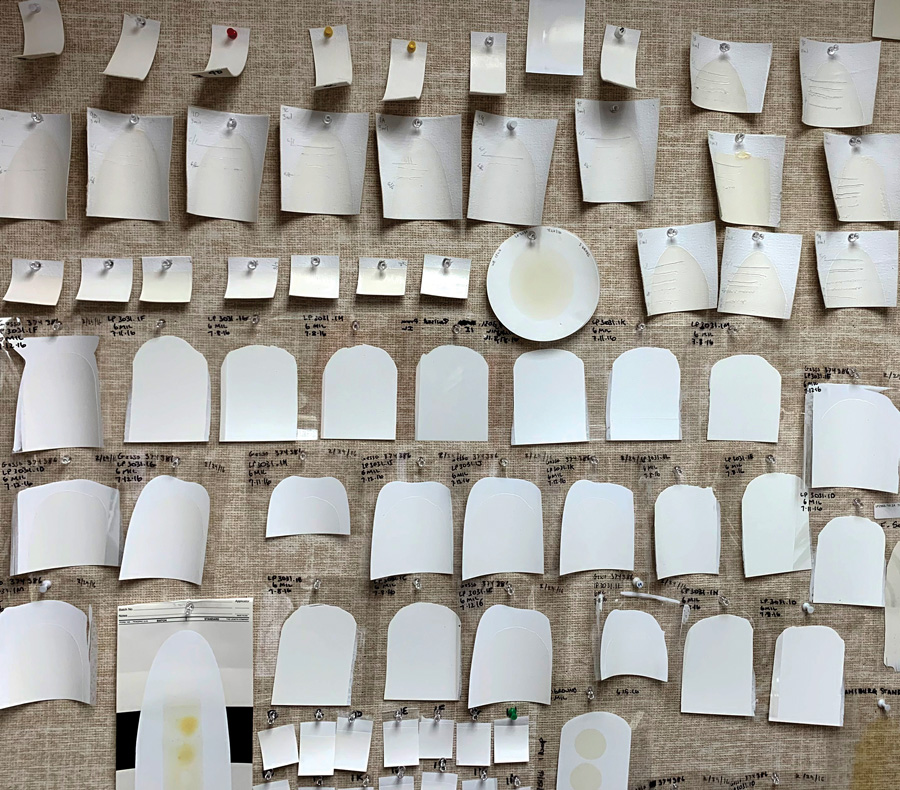Williamsburg Wax Medium
From the very beginning, oil painters have used mediums to extend, modify, tweak and transform their paint in one way or another. These have run the gamut from the simple use of solvents when creating an initial wash to much more complex concoctions and recipes that involve the blending of various oils, resins, balsams, and … Weiterlesen
